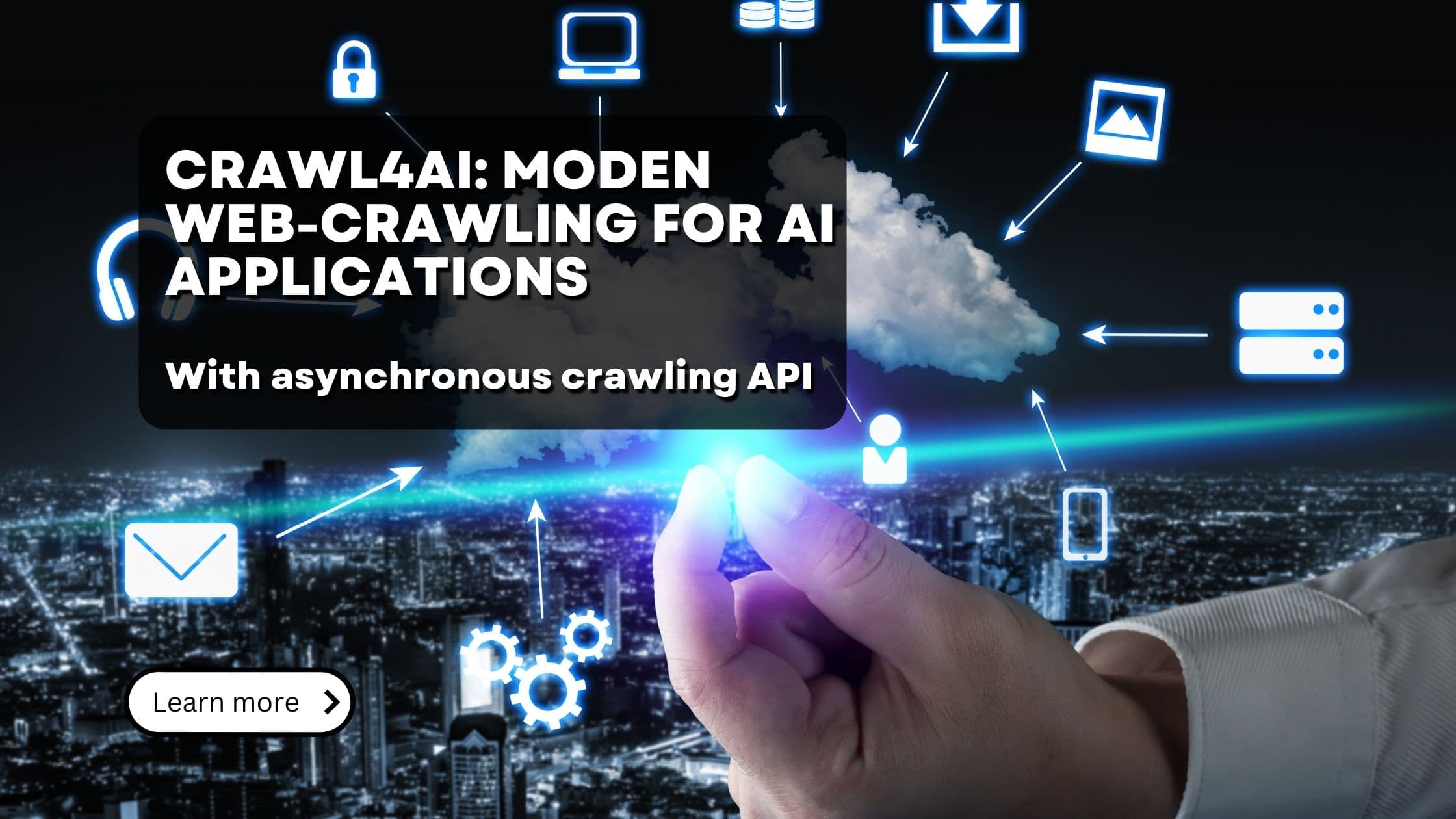Pondhouse Data Blog
Building Powerful AI Agents with smolagents: A Minimalist Approach
Discover how smolagents provides a lightweight, flexible framework for building AI agents without the complexity of larger solutions. Learn how to create powerful agents with minimal code and maximum control.
DeepSeek R1 On-Prem Setup: Run Advanced AI Models on Your Hardware with SGLang
Learn how to run the impressive DeepSeek R1 language model on your own hardware using its distilled version and SGLang. Step-by-step guide for running one of the best LLMs on affordable hardware.
Building Better AI Applications with LLM Tracing using Opik
Struggling with LLM application debugging? This guide shows you how to use Opik for end-to-end tracing, monitoring, and evaluation. Learn practical techniques to make your AI applications better, with detailed examples and best practices.
Building AI Agents with n8n: Low-Code approach to AI workflows
Discover how to create AI agents using n8n: use a no-code/low-code platform to build robust workflows for AI and beyond.
Enhancing Self-Made Agent with Memory: Keeping Context for Better Conversations
Learn how to extend your advanced AI agent with memory to maintain conversation history and context, ensuring more coherent and context-aware responses.
Advanced Self-Made Agent: Building a Smarter, Multi-Step AI Agent
Step up your LLM-powered AI agent with multiple iterations, user clarification requests, and dynamic state management. Perfect for more complex tasks.
How to Build AI Agents Without Frameworks: A Step-by-Step Guide
Comprehensive tutorial for no-framework AI agent development using direct LLM interaction. Build smarter, more adaptable AI systems without the constraints of pre-built tools
Azure AI Search RAG Tutorial 2025: Complete Guide to Building Enterprise Retrieval Systems
Complete Azure AI Search RAG tutorial for 2025: Build enterprise-grade retrieval-augmented generation systems with step-by-step implementation. Learn Azure AI Search setup, vector indexing, hybrid search, and production deployment strategies.
Azure OpenAI Content Filters: The Good, The Bad, and The Workarounds
Azure OpenAI is one of the most used AI platforms for enterprise users. The Azure environments is relatively well-trusted and provides access to all OpenAI LLM models. By default, Azure offers 'Content Filters' for their AI API. What are these and how to properly use them to net get in your way?
Crawl4AI Tutorial: Build a Powerful Web Crawler for AI Applications Using Docker
Learn how to set up and use Crawl4AI's web scraping capabilities using Docker. This step-by-step tutorial shows you how to set up, configure, and deploy your first AI-powered web crawler in minutes. Free, open-source, and faster than many paid alternatives.









